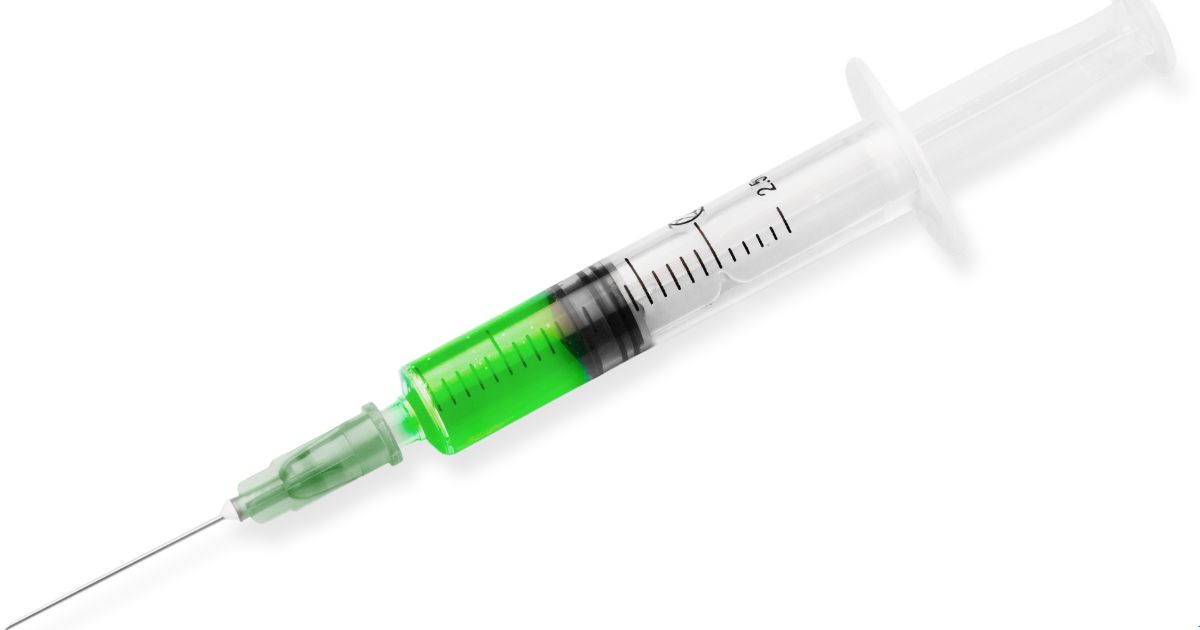What Is Cocaine?
The drug cocaine is a highly addictive stimulant drug derived from the cocoa plant of South America. It’s consumed for its powerful stimulant effects, which include alertness, energy, and euphoria.
The drug comes in two primary forms:
- Cocaine Hydrochloride — A white, powdery substance that is often snorted through the nose, injected into the bloodstream, or ingested. This is the most common form of cocaine encountered on the street and is often referred to simply as “coke” or “blow.”
- Crack Cocaine — A form of cocaine that has been processed to make a rock crystal, which is then heated to produce vapors that are smoked. The term “crack” refers to the crackling sound the rocks make when they are heated. Crack cocaine delivers an intense and rapid high, and it is highly addictive.
Cocaine Nicknames
The drug cocaine goes by a number of nicknames, such as:
- Snow
- Coke
- Blow
- White
- Powder
- Dust
- Rock (for crack cocaine)
- Flake
- Nose candy
- Charlie
- Yayo
- Rail
Cocaine overdose rates have risen steadily over the past eight years. Starting in 2015, drug overdose deaths involving cocaine rose from 6,784 to 24,486 in 2021—a 261% increase. Reasons for this include fentanyl contamination of the cocaine supply, increased cocaine use, and rising polysubstance abuse.
In this article, we’ll cover the signs of cocaine overdose and cocaine addiction treatment options for recovery.
Can You Overdose on Cocaine?
Yes, you can easily overdose on cocaine. There’s always a risk of cocaine overdose with even casual use, but this risk rises dramatically when a person is addicted. This is because those with cocaine addictions have higher tolerances, meaning they need to binge the drug to obtain the euphoria they’re after.
Unfortunately, the impacts of consuming large amounts of cocaine are severe – both on the body and the brain.
When a person takes a large amount of cocaine, their heart rate speeds up drastically, increasing their risk of a heart attack. They’re also at higher risk for neurological issues such as headache, seizure, or coma. Cocaine use causes gastrointestinal discomfort and can result in severe nausea, vomiting, and dehydration.
Long-term cocaine abuse can result in changes in brain structure. A cocaine overdose can lead to permanent brain damage and cerebral hemorrhage. It can also cause persistent memory loss as well as difficulties with decision-making and motor function.
Get confidential help from our addiction treatment specialists in Orange County. Call to join our rehab program today!
Call 866-881-1184What Are the Signs of Cocaine Overdose?
A cocaine overdose can be life-threatening and requires immediate medical attention.
Here are some common cocaine overdose symptoms to be aware of:
- Increased Heart Rate and Blood Pressure — Cocaine makes the heart pump faster. This can lead to a heart attack.
- Increased Body Temperature — This is also known as hyperthermia. A person may feel extremely hot or may be sweating profusely.
- Chest Pain — One of the signs of a cocaine overdose is chest pain. This can be due to increased heart rate or potential heart complications like a heart attack.
- Difficulty Breathing — A person may feel out of breath or have rapid and shallow breathing.
- Anxiety or Panic — The person may seem extremely anxious, restless, or paranoid.
- Agitation or Aggressiveness — An overdose can cause extreme agitation or violent behavior.
- Confusion or Delirium — During an overdose, a person may be disoriented or have difficulty understanding what’s happening around them.
- Tremors or Seizures — Involuntary muscle movements or full-blown seizures can occur.
- Nausea or Vomiting — This may happen as the body tries to rid itself of the toxin.
- Hallucinations — A person who experiences a cocaine overdose may see, hear, or feel things that aren’t there.
- Dilated Pupils — Their pupils may appear larger than usual.
- Loss of Consciousness — They may become unresponsive or slip into unconsciousness.
- Stroke — Cocaine can increase the risk of a stroke, which can manifest as sudden weakness or numbness in the face, arm, or leg, especially on one side of the body; confusion; trouble speaking or understanding speech; difficulty seeing with one or both eyes; or loss of balance or coordination.
If you suspect someone is experiencing a cocaine overdose, it’s crucial to call emergency services immediately. Time is of the essence, and swift medical intervention can mean the difference between life and death. Avoid leaving the person alone, and if they’re having a seizure, try to move objects away from them to prevent injury.
How Long Does Cocaine Stay in Your System?
Despite the short duration of its effects, traces of cocaine can remain detectable in the body for days to weeks after use, depending on various factors and the type of drug test used.
Types of Tests and Detection Times:
- Blood — Cocaine itself is usually cleared from the blood within 1-2 days after use. However, certain metabolites, like benzoylecgonine, might be detectable for up to 3 days.
- Urine — This is the most common drug test. Cocaine can be detected in urine for 2-4 days after use, but heavy or prolonged use can increase this detection window to a week or more.
- Saliva — Cocaine can be detected in saliva for about 1-2 days after use.
- Hair — Hair tests can detect cocaine for a much longer period – up to 90 days or even longer, depending on hair length and other factors. This is because drugs incorporate themselves into the hair shaft as it grows.
Certain factors can shrink or extend the cocaine detection window. These include frequency and amount of use, a person’s metabolism and body mass, and the health of the liver.
Cocaine Withdrawal Symptoms
In the first 24 hours, cocaine withdrawal symptoms can include:
- Fatigue or exhaustion
- Increased appetite
- Restlessness or agitation
- Vivid and unpleasant dreams
Later, the following symptoms may occur (usually lasting a week, though longer in some cases):
- Irritability and mood swings
- Depression and anxiety
- Intense drug cravings
- Sleep disturbances
- Physical symptoms like tremors or muscle aches
- Decreased ability to experience pleasure (anhedonia)
The intensity and duration of withdrawal symptoms can vary depending on the frequency, duration, and amount of cocaine use, as well as individual differences.
Looking for quality substance abuse treatment that’s also affordable? South Coast accepts most major insurance providers. Get a free insurance benefits check now.
Check Your CoverageCocaine Addiction Treatment at South Coast Behavioral Health
If you or a loved one are seeking treatment for cocaine addiction, South Coast Behavioral Health is here to help. Our dual diagnosis treatment helps with both mental health issues and drug addiction for a comprehensive approach to treatment.
The first step in treating cocaine addiction is a medical detox. This means using drugs to manage withdrawal symptoms.
Our medical detox program in California is staffed by caring and compassionate professionals who can provide you with medications to manage your withdrawal symptoms.
At South Coast, we take pride in offering care that is closely tailored to specific issues. To that end, we offer gender-specific detox programs, with medical detox for men in Irvine, CA, and medical detox for women in Huntington Beach, CA.
After detoxing, proper treatment can begin.
Treatment for substance abuse takes place along an entire spectrum of care. Along that entire spectrum are various behavioral therapies, support groups, and the use of medically-assisted treatment (MAT).
These levels of treatment are, in order, as follows:
Residential Treatment in California
After successfully completing medical detox, you’ll move receive inpatient treatment in Orange County California. There, you’ll receive medically-assisted treatment and dual diagnosis treatment to deal with any cravings or co-occurring mental health issues you may be battling.
We also offer residential treatment facilities in Costa Mesa, Irvine, and Huntington Beach for those who desire gender-specific treatment. There, patients get round-the-clock medical attention and monitoring while living at the institution full-time.
In addition to individual and group counseling and medication management, you’ll also have access to leisure activities and family support services.
Partial Hospitalization in California
Most clients start substance abuse treatment with South Coast in our residential treatment program. After completing that, many desire something that still provides structure and support, but with extra space and time to oneself. For that, we offer Partial Hospitalization in Newport Beach.
A step down from inpatient care but with more structure than conventional outpatient programs, partial hospitalization offers a good balance for those looking to ease back into normal life. Clients can receive care five to seven days a week for a number of hours each day, returning back to their homes in the evening.
This way, they can recover without putting their daily lives completely on hold, receiving intense therapeutic interventions like group and individual therapy, skill development, and medication management as necessary.
Intensive Outpatient Treatment in California
For those leaving inpatient residential treatment or partial hospitalization, intensive outpatient programs (IOP) are yet another gradual step forward on the road to recovery.
With a focus on group therapy, individual counseling, and education, clients undergoing Intensive Outpatient Treatment in Newport Beach can meet three to five days a week. Each session lasts three hours.
This level of care requires the least amount of attendance at a facility.
Get Started Today
If you or a loved one are struggling with cocaine addiction but wonder how long addiction treatment takes or have other questions, call us at 866-881-1184. Our highly qualified staff will be happy to help give you an idea on what to expect from your addiction recovery timeline, help verify your insurance, and assist with any other questions you may have. You can overcome drug addiction in Orange County, CA, we can help.










